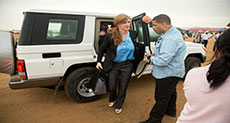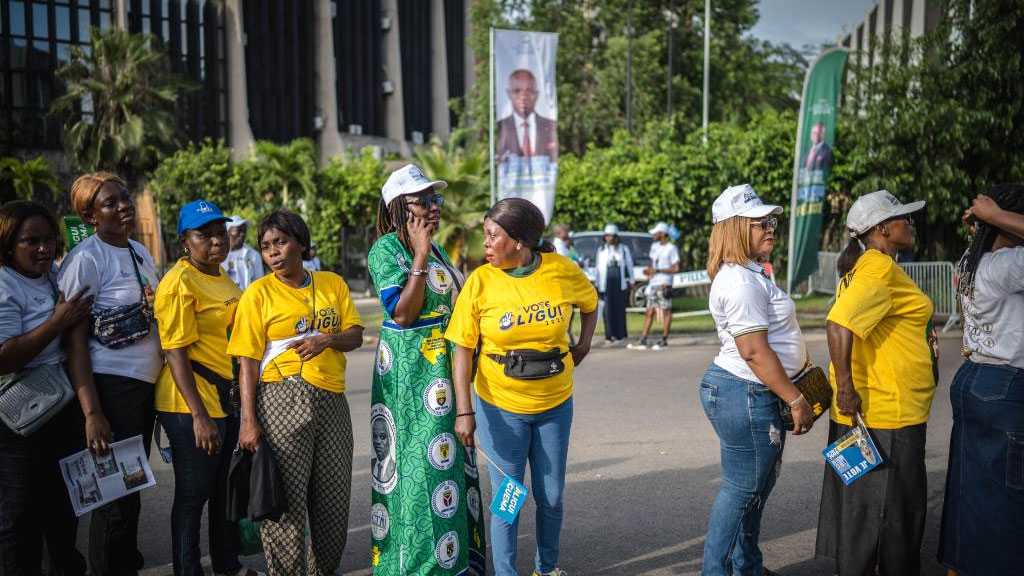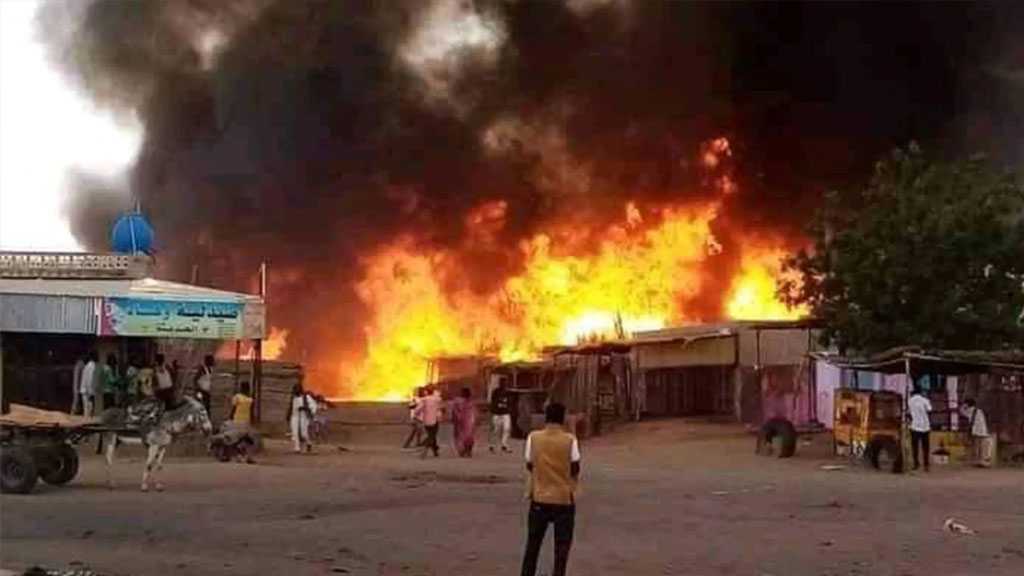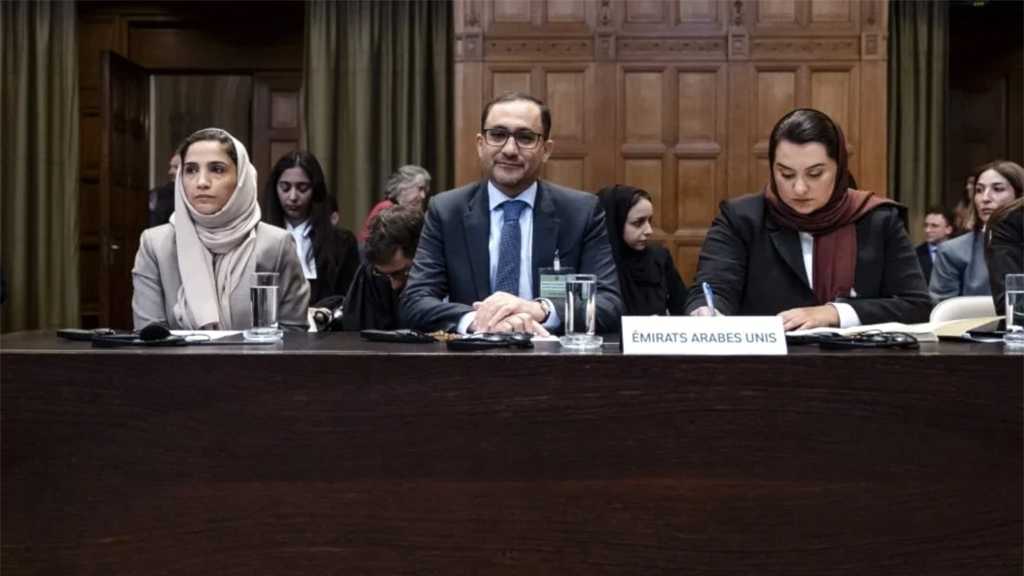Vehicle in Convoy of US Ambassador to UN Kills Boy in Cameroon

Local Editor
As the convoy barreled through a village in northern Cameroon on Monday, a 7-year-old boy darted to the road, excited to see the chain of white SUVs carrying Samantha Power, the first cabinet-level American official to visit the country since 1991.

Distracted by a thundering noise, the boy glanced up at the helicopter providing security from above. Suddenly, he was struck dead - killed by the same convoy that had brought officials to showcase American efforts to help protect West Africa's women and children.
After hitting the boy, one SUV carrying State Department employees pulled to the side of the road. The rest of the motorcade continued on its way.
"Oh, my God," Power said later, after she was informed of the tragedy, according to her spokesman, Kurtis Cooper. "I want to go see his family," she added, and later she did.
The episode highlighted one of the enduring quandaries of American power. In some remote parts of the world, the only interaction people have with the United States is from afar, whether from the movies produced by Hollywood or the drones overhead that can strike at will.
In this case, Power, the United States ambassador to the United Nations, had come to West Africa to help raise awareness and win people over. It was planned as part of an effort to convince residents who are terrorized by the Takfiri extremist group Boko Haram - but who are also disenchanted by the heavy handed tactics of their governments - that their paths lie with the American-backed state, not with the militants.
"The United States stands with you," Power told local reporters on Monday at the country's Maroua Airport.
Instead, Power grimly made her way through a day haunted by the boy's death. It was a tragedy that often seems on the verge of happening when high-ranking dignitaries drive through the streets in motorcades escorted by local police and security.
The convoys at times, hurtle through cities, villages and towns at hair-raising speeds. Villagers, especially children, rush to the side of the road to watch, often running alongside the moving cars as long as they can, shouting and waving.
As Powers's convoy left the scene of accident on Monday, an older man ran to the fallen boy, who lay spread-eagled and bleeding on the road. Then the convoy disappeared around a curve and continued on to Mokolo and points beyond where Power had appointments with women and children victimized by Boko Haram.
Source: NYT, Edited by website team
Comments
- Related News




